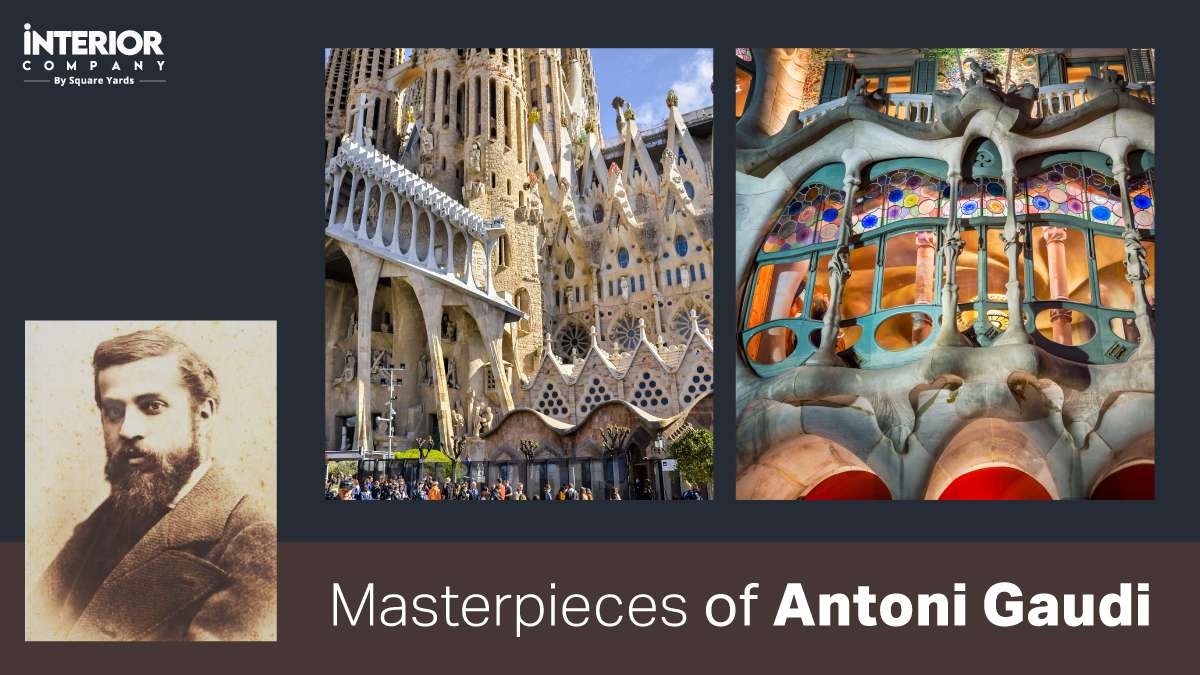Early Phase of Gaudi Architectural Style
Born in 1852, in the Catalan village of Reus, Gaudi studied at the Barcelona Higher School of Architecture and began his professional career as a draftsman doing several projects. His first breakthrough came with the construction of Casa Vicens, built-in 1883. During this time, he drew influence from neo-gothic and oriental architecture, incorporating ceramics, arches, and domes into his design aesthetic. His early works express a captivating and timeless style that made him a prolific architect in the history of architecture.
Also Read: Frank Lloyd Wright Architecture
Casa Vicens (1883-1888)
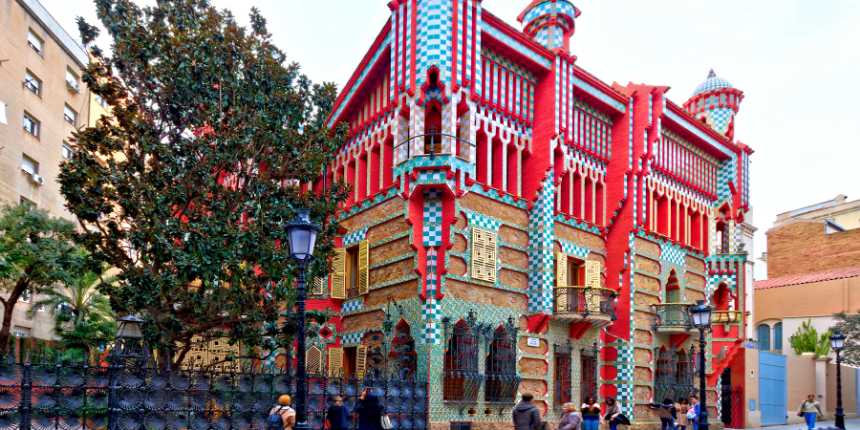
This was the primary project of Gaudí- Casa Vicens, a residential home built for the entrepreneur Manuel Vicens stands as an ode to the wonders of the Middle East. Inspired by Art Nouveau and Oriental architecture with its colourful mosaic-clad façade, Moorish columns, arches, natural motifs, and domes, the monument demonstrates its boldness and exquisite decoration. The building is part of UNESCO’s World Heritage Site as one of the most remarkable Antoni Gaudi works. Further, in 2016, Casa Vicens was revamped and opened to the public as a museum.
Palau Guell (1886-1890)
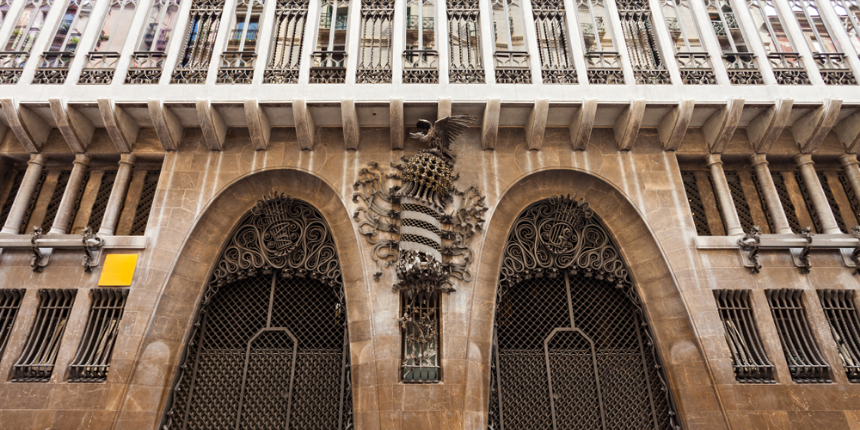
It is another striking structure by Antoni Gaudi that has been regarded as a World Heritage Site. Situated in the most affluent district of Barcelona, the house belongs to a Catalonian family named the “Gulls”. Eusebi Guell was one of the admirers of Gaudi’s work and commissioned him to transform his old mansion into a unique space that serves the dual function of his private and active social life. While the exterior facade may appear understated in comparison to his other works, the interior levels it up with a luxurious display of decoration. The front iron gates display little ornamentation, but the symmetry and volume resemble the Florentine palaces of the Renaissance.
Also Read: Architectural Work of Le Corbusier
Naturalist Period Antoni Gaudi Style
Antoni Gaudi’s works enriched the heritage of Barcelona, making an indelible mark on the city’s landscape. His profound knowledge of geometry and organic style was one of a kind, creating revolutionary structural solutions, full of character, breaking the norms of classicism. Deemed as the genius of structural engineering, he incorporated paraboloids, undulating curves, skylights, and hyperboloids to construct efficient and visually appealing structures.
Casa Calvet (1898-1900)
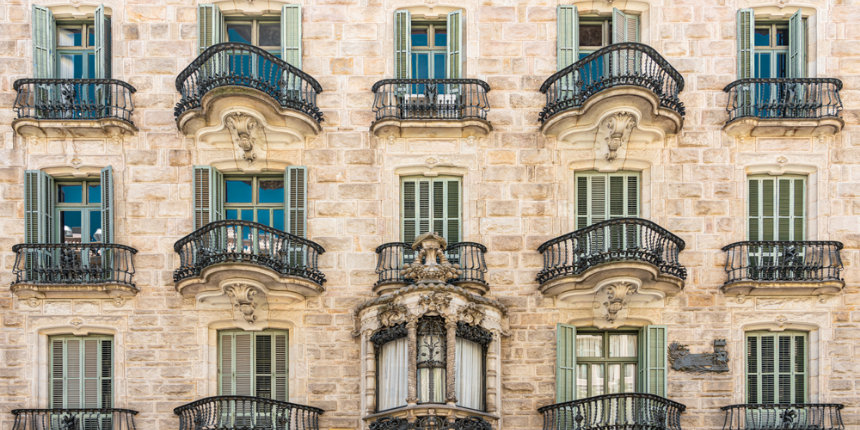
In 1897, Gaudí erected his most conservative work, Casa Calvet, for a textile manufacturer, Pere Màrtir Calvet, that serves as part of residential and commercial property. Influenced by the Baroque style, the exterior façade of the monument features sculptural ornaments, like shallow balconies, wrought iron railings, and columns in the form of stacked bobbins. Its orderly and rhythmic appeal was unusual for the Gaudi architectural style, yet it blends in with other structures in the district.
Casa Batllo (1904)
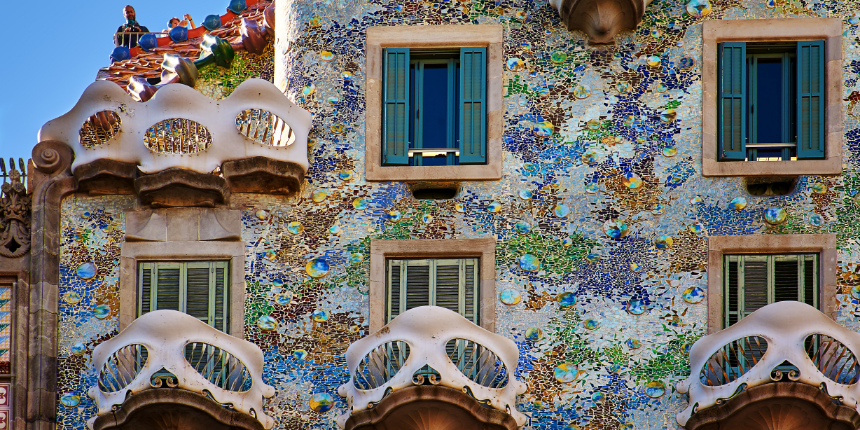
Gaudi’s “House of Bones,” Casa Batllo, is a true masterpiece of architecture, earning it a spot as one of Barcelona’s iconic landmarks. Originally owned by Joseph Batllo, Gaudi was given complete artistic freedom to make his home stand out in a crowd. He completely transformed the building’s façade with coloured mosaic tiles, undulating balconies and an arched roof that resembles a dragon’s back, making the most of it. Besides its aesthetic beauty, the building is functional, contemplating the theories of modernist architecture.
Casa Milá ( 1906-1912)
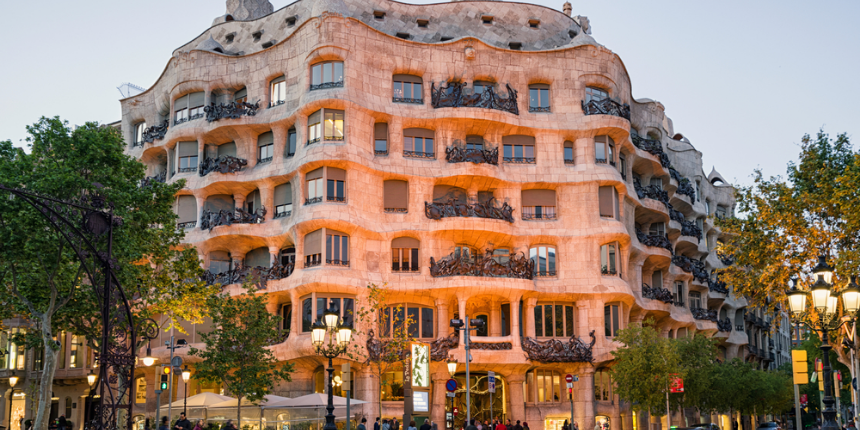
A prominent example of Antoni Gaudi’s Modernista phase, the Casa Mila, also known as Stone Quarry, is his last civil work. Gaudi drew inspiration from nature, with its rough-hewn, rippled facade, open-floor plan and biomorphic appearance. Interestingly, it has been designed with a sculptured roof- curved and full of character. The terrace features an array of skylights, chimneys and air vents that serve a decorative and functional purpose, allowing the light to be filtered throughout its two grand inner courtyards. Additionally, the architect used recycled materials, including waste glass and ceramic for ornamentation. Casa Mila stands as a reminder of Gaudi’s genius works.
Final Period Antoni Gaudi Art Style
Antoni Gaudí dedicated his last fourteen years of life solely to the design and construction of the Sagrada Familia, a project he had been working on for three decades. To fully immerse himself in the work, he set up a studio within the temple premises and embraced a life of austerity.
Sagrada Familia (1892- till present)
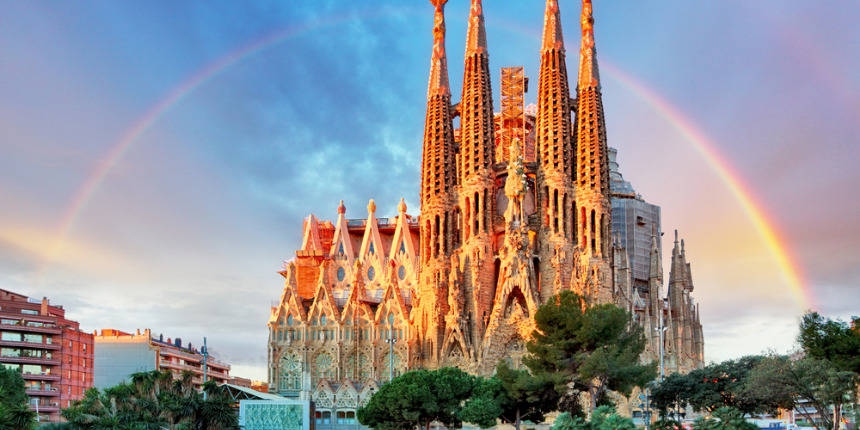
Antoni Gaudi’s vision of grandeur and ambition, the world renowned Sagrada Familia, is a Roman Catholic basilica and a UNESCO World Heritage Site. The construction of the expiatory temple began in 1882. It is expected to complete by 2026, marking the centennial of Gaudi’s death. In 1883, Gaudi commissioned the project after a spat dispute between the original architect Francesc de Paula Villar and temple promoters.
Did you know that the Sagrada Familia will be the highest church in the world upon completion, with a height of 172 metres?
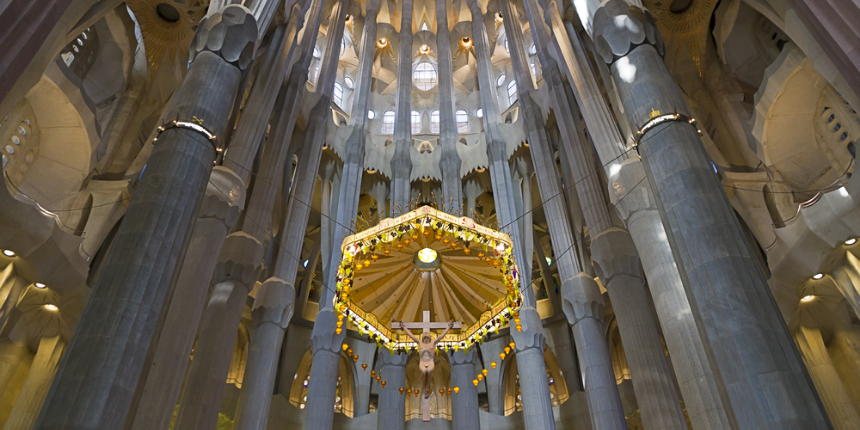
His ambitious proposal included a five-aisled temple with a transept, an apse, three façades- the Nativity, Passion, and Glory, and eighteen towers. Gaudi utilised three-dimensional forms and embedded religious beliefs in the intricate sculptures and other geometric designs. The temple features breathtaking interiors with its kaleidoscopic-shaped ceiling and stained glass windows in a vibrant riot of blue, green, red and orange, creating a bewitching atmosphere.
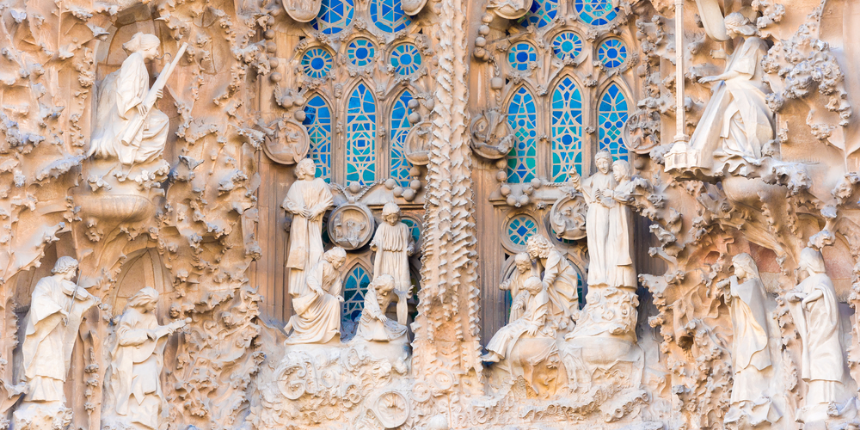
Due to the unfortunate death of Antoni Gaudi in 1926, the construction was put on hold. Later on, several architects and craftsmen undertook the project adhering to Gaudi’s drawings and vision. With the advent of cutting-edge technologies of Rhinoceros, Cadds5, and CAM, designers are able to explore the intricacies of the building. With this, we can hope to see the completion of the majestic structure soon.
The Pioneering Modernista Architect!
Gaudí was a master of the modern age whose innovative vision and technical advancement of his projects created a cultural legacy that enchants us with their beauty and ingenuity. His work represents a fusion of traditional and modern elements, embodying a distinctive style that reflects an enticing and harmonious universe of colours, textures, and shapes.
